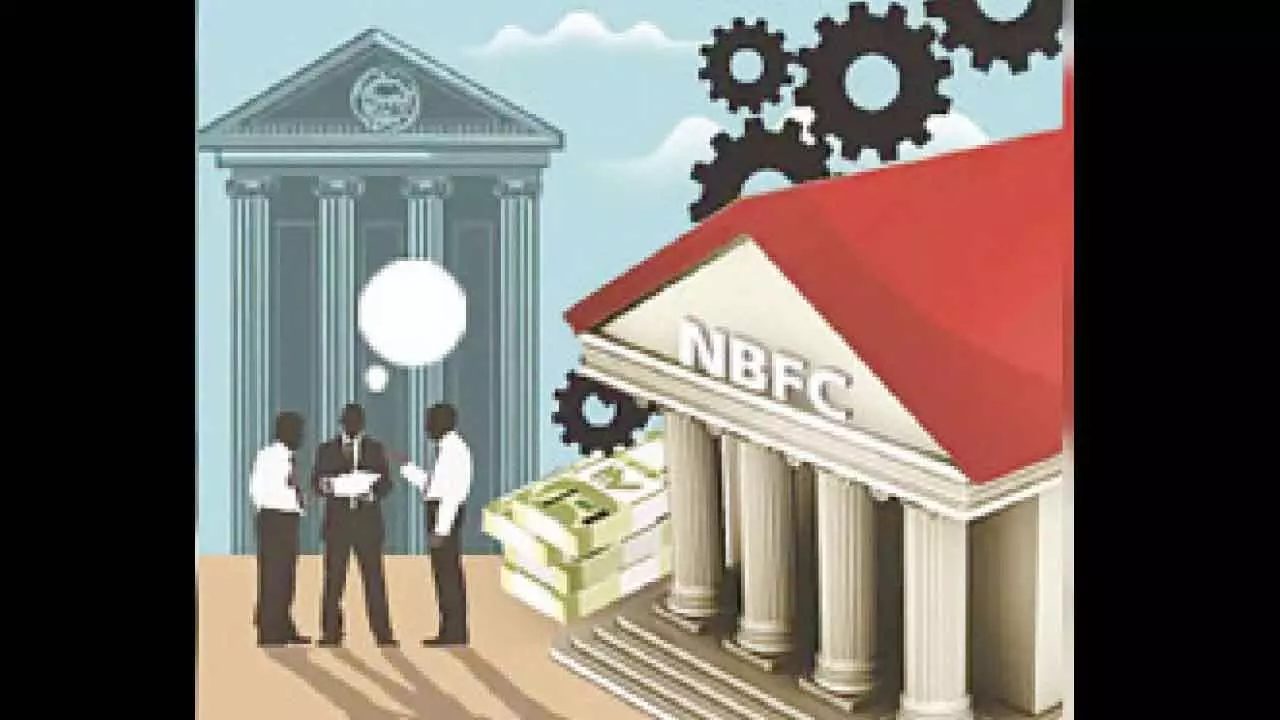NBFC Lending Growth May Moderate
NBFC Lending Growth May Moderate

ICRA expects liquidity to remain adequate, aided by moderate credit growth and limited reliance on short-term borrowings. Capitalisation levels are projected to stay healthy, though some large NBFCs may raise equity to meet listing norms or fund higher growth. It projects credit growth to moderate to 13–15% in FY25–26, with unsecured loans under stress and tighter norms prompting a cautious expansion strategy across NBFCs
Credit growth in non-banking financial companies (NBFCs) is expected to moderate to 13–15 per cent in FY25 and FY26, down from the 17 per cent growth seen in the past two fiscal years, according to rating agency ICRA. Total NBFC credit stood at around Rs 52 trillion as of December 2024 and is projected to surpass Rs 60 trillion by FY26.
Retail assets—which made up 58 per cent of NBFC credit in December 2024—have been the primary growth driver, expanding at a compound annual growth rate (CAGR) of 23 per cent during FY23–FY24. However, ICRA expects this to slow to a 16–18 per cent CAGR in FY25–FY26 due to a high post-Covid base and concerns about borrower overleveraging. Unsecured retail loans—such as microfinance, personal loans, credit cards, and unsecured business loans—comprising 28 per cent of retail NBFC credit, have already shown signs of stress, with elevated delinquencies and write-offs in FY25.
“In a tighter credit environment, refinancing challenges for some borrowers could spill over into secured loan segments like small-ticket vehicle and mortgage loans, which will be key monitorables,” said Karthik Srinivasan, Group Head – Financial Sector Ratings at ICRA.
Regulatory tightening and entity-specific actions in 2023 and 2024 have led NBFCs to temper their growth ambitions and focus on process and borrower-centric reforms. Draft guidelines on co-lending are expected to enhance transparency but will require structural adjustments. Proposed changes in gold loan regulations may dampen short-term growth but aim to strengthen consumer protection and harmonise industry norms.
Despite short-term headwinds, ICRA believes most NBFCs are well-positioned to absorb the impact due to strong balance sheets and earnings. Recent policy moves, such as the removal of higher risk weights for bank credit to NBFCs (effective April 2025), as well as proposed measures like partial credit guarantees and securitisation of stressed assets, are expected to diversify funding and improve resilience.
Bank loans continue to dominate NBFC funding. However, with bank credit growth slowing, entities are increasingly tapping other sources, including overseas borrowings—external commercial borrowing (ECB) approvals for FY25 are nearly double those of the previous year—and debt markets, which remain robust amid expectations of rate cuts.
ICRA expects liquidity to remain adequate, aided by moderate credit growth and limited reliance on short-term borrowings. Capitalisation levels are projected to stay healthy, though some large NBFCs may raise equity to meet listing norms or fund higher growth.
Competitive intensity will weigh on margins even as cost of funds declines. Rising credit costs, especially in the unsecured loan space, could pressure profitability. Return on average managed assets (RoMA) for NBFCs (excluding housing finance companies) is likely to decline by 30–50 basis points in FY25–FY26 compared to FY24.
ICRA maintains a stable outlook for the NBFC sector overall, except for microfinance-focused NBFCs, which are expected to face continued challenges with moderate growth and elevated credit costs in FY26. The impact of new microfinance credit norms on borrower leverage remains a key area to watch.

